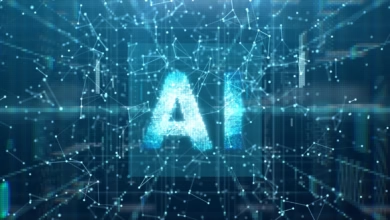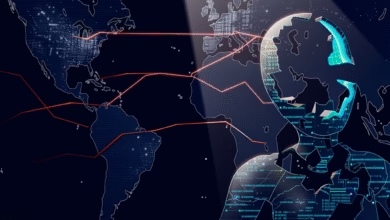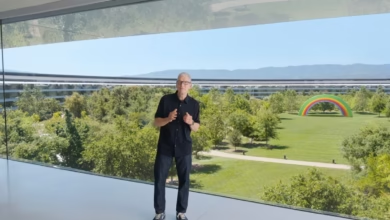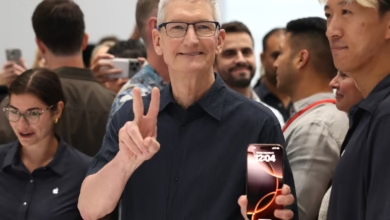OpenAI’s GPT-4o: AI Revolutionizes Interaction
The Multimodal AI Assistant Arrives
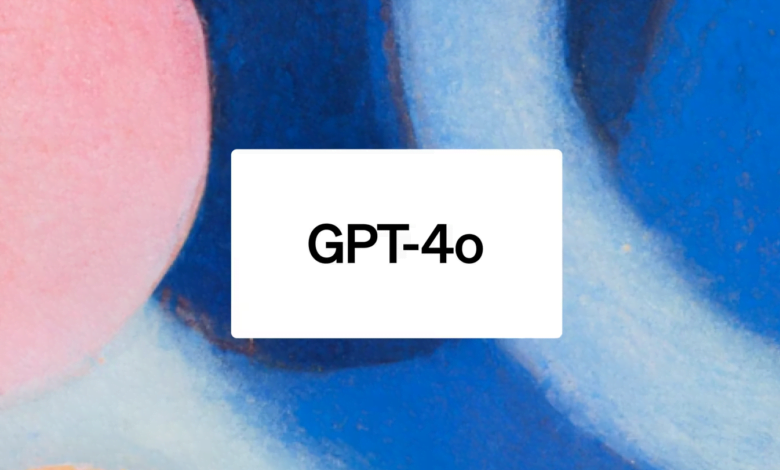
OpenAI Spring Update: GPT4-o A New Frontier in AI That Promises to Change How We Interact with Technology
On May 13, 2024, OpenAI announced the launch of GPT-4o at the Azure OpenAI Studio early access playground, setting a new standard in artificial intelligence. Building on the previous GPT-4 model, this latest iteration isn’t just faster and more cost-effective—it also introduces the handling of multiple types of data including text, speech, and video. This ushers in the era of multimodal AI capabilities.
One of the standout features of GPT-4o is its ability to interact on multiple sensory levels. Imagine an AI that understands not just your words, but also your tone of voice. It can even detect stress and respond with calming advice, making interactions feel more natural and nuanced.
GPT-4o also excels in visual data analysis. It can answer questions about images, recognize texts in different languages within those images, and more. This capability could revolutionize image search engines and make digital interfaces far more intuitive and informative.
With support for over 50 languages, GPT-4o enhances global communication. It bridges diverse linguistic landscapes, making seamless, real-time translations a reality. This feature is particularly valuable in connecting different cultures and communities more effectively.
Developers have much to gain from the enhanced speed and reduced costs associated with GPT-4o. These improvements mean that a broader range of creators can develop and deploy AI-driven applications, likely accelerating the integration of AI technologies into everyday life.
The unveiling of GPT-4o marks a significant milestone in AI development. OpenAI’s focus on multimodal and multilingual capabilities sets the stage for a future where AI assistants can understand and interact with humans in profoundly human ways. As GPT-4o evolves, we can expect to see even more innovative applications emerge, transforming our digital scenery and the nature of human-machine interaction.
